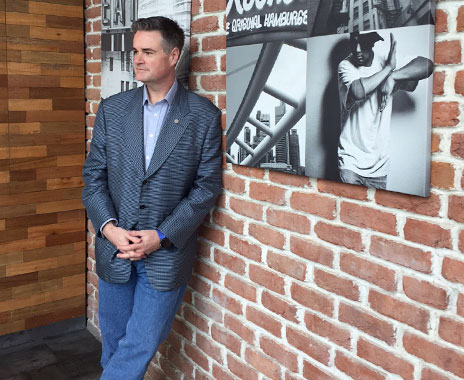During the economic crisis of 2007–2008, many American brands that had previously either ignored the international marketplace or only minimally explored it, considered jumping right in to find markets where economic conditions were still favorable. While the United States saw its gross domestic product (GDP) shrink during this time frame, markets such as Asia and the Middle East showed strong GDP growth and were very attractive for U.S. brands. In an attempt to compensate for declines in their domestic business, many American companies moved very quickly into these new international markets, often focusing more on “speed” than on building a truly sustainable business model.
It is common for American brands to grow in an opportunistic fashion rather than a planned and methodical one. As the U.S. economy continues to recover, now is a perfect time for those same companies to revisit their global business plan and operations, shore up areas where perhaps they moved too quickly, and potentially reposition brand offerings to be inline with local economic shifts.
While it would have been better to enter a new market with a detailed market study and brand-positioning plan in hand, it is not too late to revisit those areas and revise the strategy on a market-by-market basis. Johnny Rockets CMO Joel Bulger often says that brands can only be associated with a few key attributes. Although a brand’s domestic messaging might focus on quality or a certain lifestyle, conditions might require an executive team to modify its brand’s messaging to accommodate changes within that country’s own macroeconomic conditions. Moving from a brand positioning of “quality and affluence” to a brand position of “affordable luxury” is one such example. Lowering the barrier to entry for a service or product to appeal to a larger audience can be done in such a way that it doesn’t erode an initial brand position. Offering premium products, limited editions, and optional upgrades are also examples of how to take advantage of a growing local economy.
These country-by-country “tweaks” need to be carefully planned to ensure the messaging doesn’t conflict with the brand’s domestic positioning. A strong international business is based on a strong domestic one, and it is better to avoid or leave a market than to damage the overall brand and its credibility with consumers.
Within the greater foodservice industry, there are more similarities in how restaurant operators position their brands than differences. Brands can set themselves apart from the competition by focusing on the three P’s of People, Product, and Place both domestically and internationally. Those three P’s can be localized, as can a brand’s unique selling proposal. The international and domestic sides of a business should build off each other in a cohesive and synergistic fashion for global brand awareness.
In addition to brand messaging, it’s also critical to focus on how consumers actually experience the brand globally. Far too often American brands have strong domestic operations but a generally unpleasant brand experience in other countries. While exploiting potential international growth opportunities has its advantages, it’s critical to maintain quality. The world is much smaller today and a bad brand experience in a faraway country makes its way to social media in just a matter of seconds. There is nowhere today that isn’t visible. It’s important that operations, and quality control teams, visit every market with regular frequency.
It is also important that as concepts open new markets, they are prepared to invest in a sustainable growth plan. Typically the cycle of revenue starts with the domestic side supporting fledgling international growth, then the maturing international arm provides accretive revenue to support and synergize the domestic business. But be prepared to invest in those markets in the beginning.
For those brands just now thinking of entering the international market, due diligence is important. Learn about each market and what modifications or tweaks will be required to ensure your brand has long-term sustainable growth. Many American brands enter international markets with great initial success only to subsequently exit the market after the initial honeymoon period wears off. These are all examples of brands that moved too quickly and didn’t revisit their brand offerings as the local markets changed and matured.







